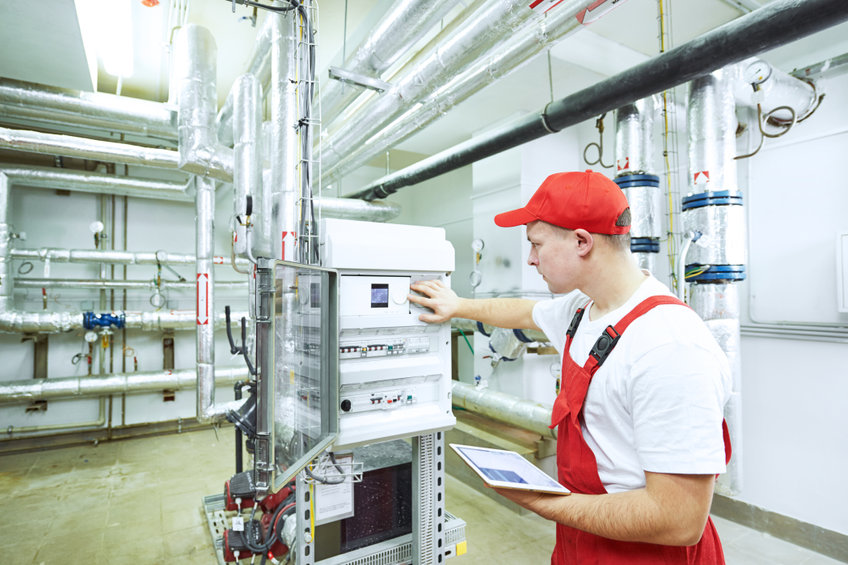Maintaining and repairing an air compressor dryer is crucial for ensuring the longevity and efficiency of your compressed air system. Regular maintenance not only prevents unexpected breakdowns but also improves the overall performance of the dryer, reducing energy costs and minimizing downtime. A systematic approach to maintenance involves inspecting key components, cleaning essential parts, and addressing any issues promptly before they escalate into costly repairs. This checklist provides a comprehensive guide to keeping your air compressor dryer in optimal condition through routine checks and timely interventions. First, start with a thorough visual inspection of the entire dryer unit. Check for any signs of wear, corrosion, or physical damage to the housing, piping, and connections. Look for leaks, unusual noises, or vibrations during operation, as these can indicate underlying problems. Verify that the electrical wiring is intact and secure, ensuring no exposed wires or loose connections. Proper ventilation around the dryer should also be maintained to prevent overheating, which can reduce the lifespan of the equipment. This initial inspection sets the foundation for a detailed maintenance routine.

Next, focus on the dryer’s filtration system. The filters play a vital role in removing contaminants such as oil, dirt, and moisture from the compressed air. Regularly clean or replace filters according to the manufacturer’s guidelines or based on the operating environment’s conditions. Clogged or damaged filters reduce airflow efficiency and can lead to increased pressure drops, causing the system to work harder and consume more energy. Monitoring filter condition is essential to maintain air quality and prevent damage to downstream equipment. The refrigerant or desiccant medium, depending on the type of air dryer, requires special attention. For refrigerated dryers, ensure the refrigerant levels are adequate and inspect for any leaks in the cooling system. In desiccant dryers, regularly check the desiccant material for saturation or contamination, and replace it when necessary to maintain drying performance. Both types require periodic checks to confirm that they are effectively removing moisture from the compressed air, as excess moisture can lead to corrosion and damage in pneumatic tools and systems.
Another key maintenance area is the drain system. Proper draining of accumulated condensate is critical to prevent water buildup in the dryer and compressed air lines. Inspect automatic drains for correct operation, clean any blockages, and verify manual drains if present. Failure to maintain the drain system can result in water contamination of the compressed air, causing rust, freezing in cold environments, or operational issues in pneumatic devices. Routine calibration and performance testing are essential to verify that the dryer operates within its specified parameters. Monitor pressure dew points, airflow rates, and pressure drops regularly to ensure the system delivers dry, clean air at the required pressure levels. Documenting these measurements helps track the dryer’s condition over time and aids in early detection of any decline in performance. By following this ultimate checklist, operators can maximize the reliability and efficiency of their air compressor dryers, extending their service life and maintaining optimal air quality for all applications.
Leave a Reply